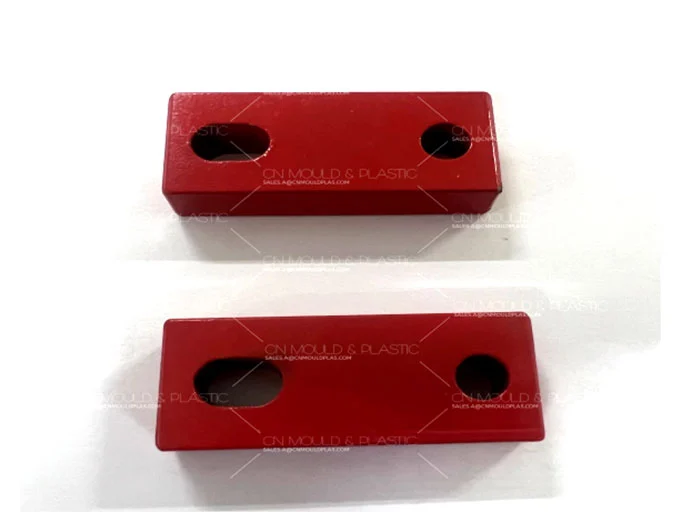The basic workflow of the plastic wet coating process is as follows, along with the functions and principles of each step:
Degreasing → (Pre-treatment) Etching → Neutralization → Surface Cleaning → Catalyst & Activator Addition → Activation → Electroless Plating → coating
Plastic surfaces often have oily residues (organic matter) and dust (inorganic matter) stuck by static electricity—all these need to be removed. Alkaline reagents for degreasing are mainly silicates and phosphates. Silicates form a thin film on the surface, which affects the subsequent etching, so phosphate degreasers are usually used.
Engineering plastics are highly resistant to chemicals, so pre-etching is needed before main etching. Organic solvents are commonly used to swell the plastic surface, which improves the etching effect. If a plastic is easily etched by chemicals, this step can be skipped.
Etching uses strong oxidants or strong acids/bases to chemically treat the plastic, selectively dissolving the surface to create uneven "anchor points." This ensures a smooth appearance and strong coating adhesion during plating.
· For ABS plastic (a styrene-butadiene-acrylonitrile copolymer), a mix of chromic acid and sulfuric acid is used. Chromic acid oxidizes the butadiene in ABS, forming polar groups like carbonyls and creating anchor points on the surface—these are ideal for plating.
· After pre-etching, engineering plastics are etched with chromic acid, which oxidizes the swollen surface to form anchor points. For engineering plastics filled with inorganic materials or glass fibers, the etching agent dissolves the fillers, leaving anchor points. Plastics with ester structures break down under strong acids/bases, forming activated anchor points.
After etching, residual etchant must be removed. If hydrochloric acid was used, neutralize with lye like sodium hydroxide. If chromic acid was used, leftover chromic acid can prevent electroless plating from adhering—use reducing agents like hydrochloric acid or organic acids to remove it.
For engineering plastics, this step boosts the surface's adsorption of the catalyst (palladium metal) in the next step.
To ensure effective electroless plating, the surface is treated with palladium (the catalyst). Dip the plastic in a solution of palladium chloride and stannous chloride, then activate it in an acidic/alkaline solution (often sulfuric or hydrochloric acid) to promote palladium deposition.
This method deposits metal via redox reactions, not external electric current.
· Silver plating: Formaldehyde or reducing sugars reduce silver-ammonia complexes to deposit silver on surfaces.
· Nickel plating: The part is dipped in a solution of nickel sulfate, sodium hypophosphite, and citric acid (chelating agent). At a specific pH and temperature, sodium hypophosphite reduces nickel ions to metal, with palladium catalyzing the reaction.
· Copper plating: The part goes into a mix of copper sulfate, potassium sodium tartrate (chelating agent), and formaldehyde. Under alkaline conditions, formaldehyde reduces copper ions to deposit copper.
To get a solid coating, multiple layers of electroless plating are often needed to increase thickness. Alternatively, use the conductive chemical coating as a base for conventional coating.

